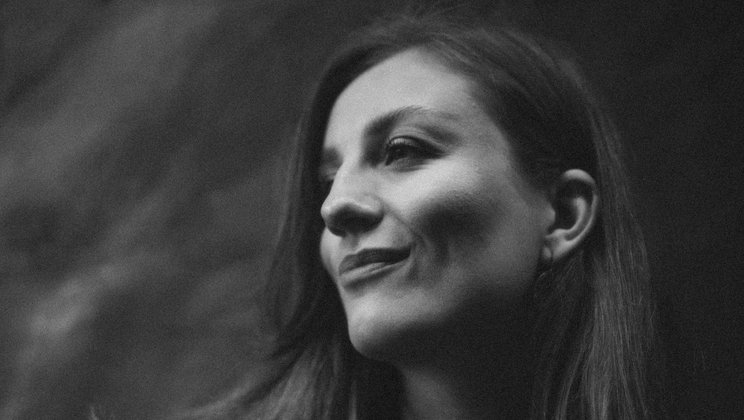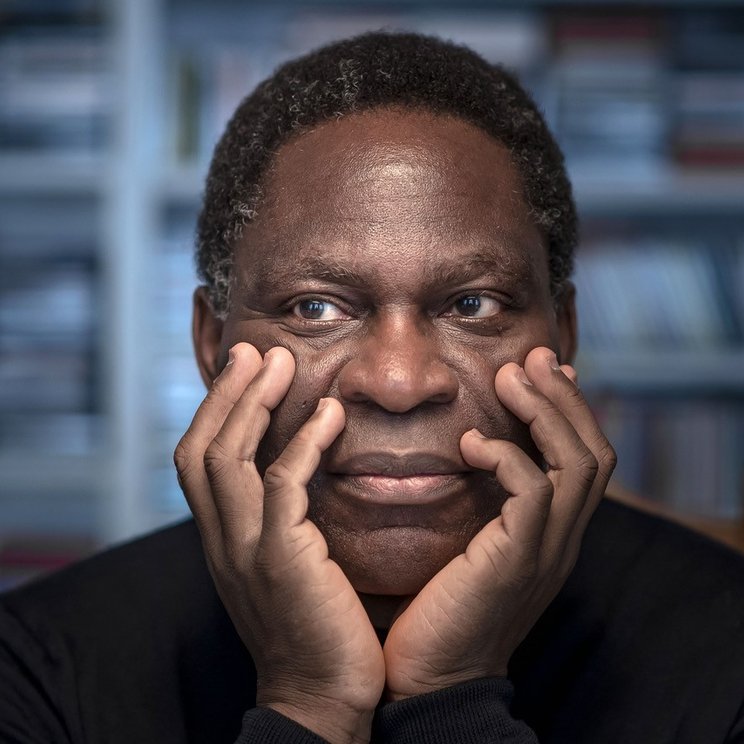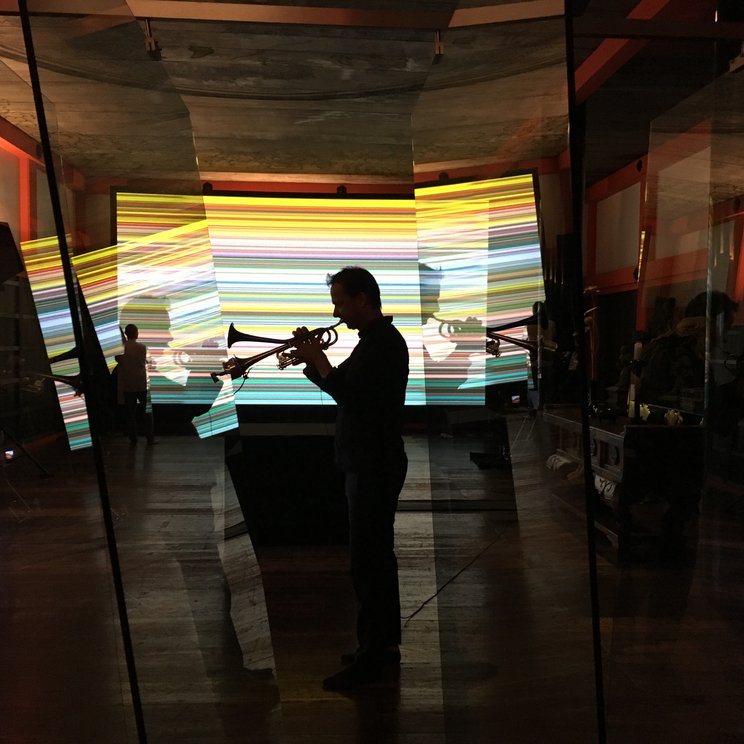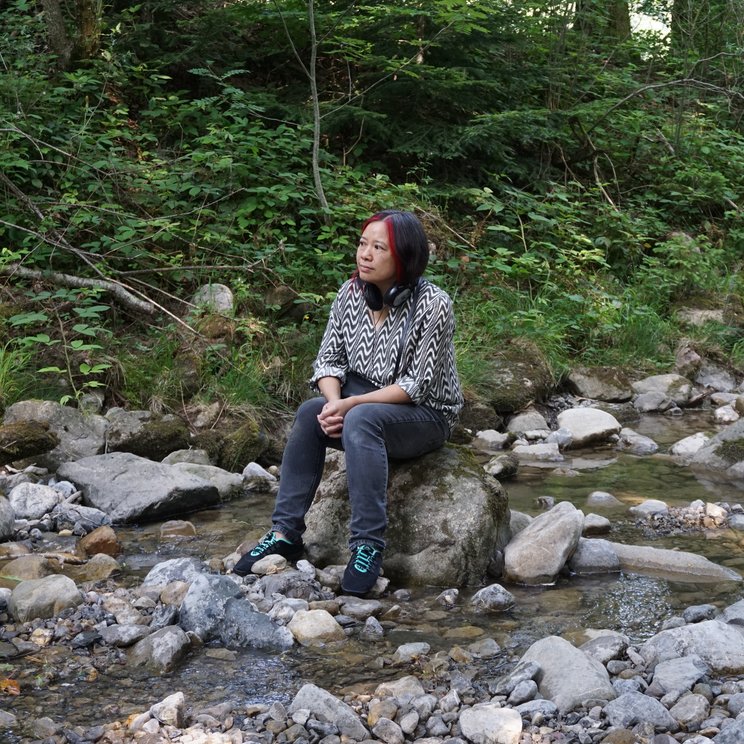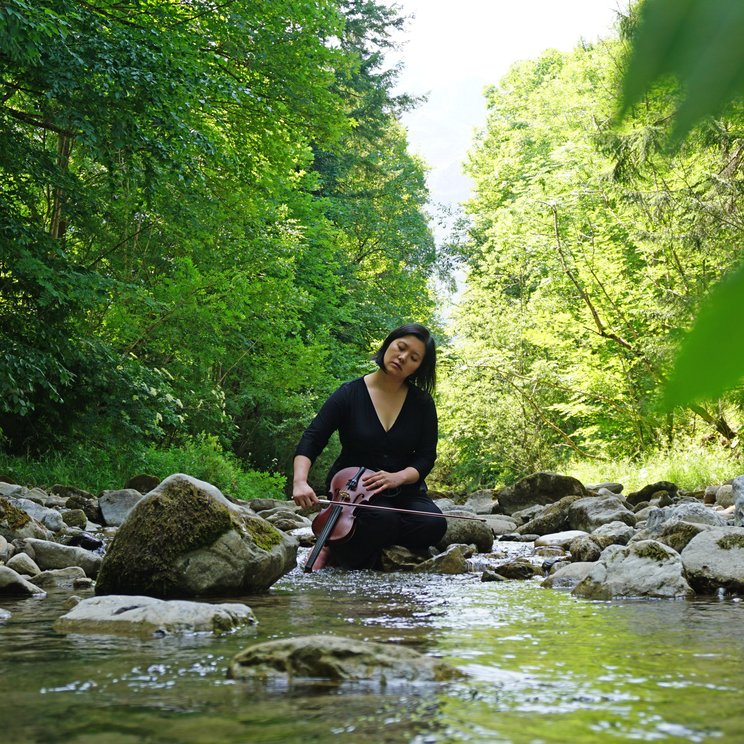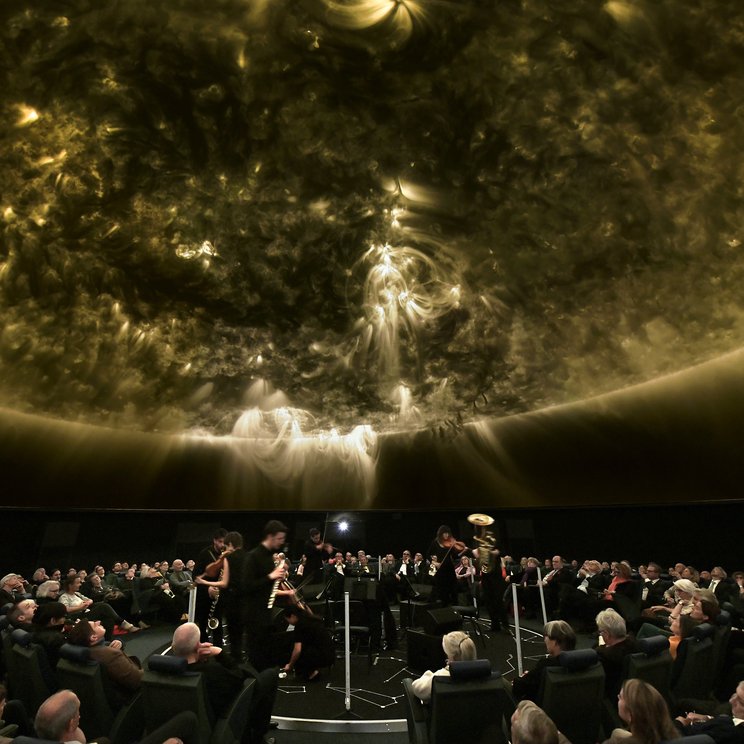Vocal Sculpture
Friday, 17.11. – Sunday, 19.11.
20 minutes before each concert in the foyer of the KKL Lucerne and at the Swiss Museum of Transport Filmtheatre
free admission
Ragnheiður Erla Björnsdóttir : Young Voices of Lucerne
Together with young people from Lucerne, the Icelandic composer, poet, and performer Ragnheiður Erla Björnsdóttir will develop the vocal sculpture kyrr to get audiences in the mood for the concerts over the course of a five-day workshop.
The workshop participants are: Lena Baer, Olivia Brank, Leonie Bürgmann, Marilu Egli, Lena Sophia Finger, Kelvin Lee, Lena Alexandra Maissen and Elina Ockenfels.
-
Ms. Björnsdóttir, you have invented a musical format that you call vocal sculpture. How should we think of this?
In my work, a vocal sculpture is a performative vocal-based sound sculpture or an experimental choir composition. They are ephemeral works of art that exist within the boundaries of music, poetry, and visual art, inspired by the words of my former teacher, Sigurður Pálsson: “Poems are visual art pretending to be music.”
They are composed with deconstructed poetry where phonetic sound fractions are combined with traces of pre-existing words (sometimes obvious, sometimes not) relating to the artistic subject of the vocal sculpture. I use the practice of creating vocal sculptures to explore the human voice as a multi-faceted instrument with the methods of embodied singing. As the audience is welcomed to the space, they are immediately faced with the presence of a group of performers. The performers are huddled around each other and placed freely over the performative space, constructing live sculptures that gradually and slowly morph into different shapes. Throughout this physical transformation, the performers are experimenting with deconstructed poetry as a sonic fabric.
Similar to a surround audio installation where the sound toggles between multiple speakers, here, every nuance of the vocal sound coming from the vocal sculpture conveys a different aspect of the piece. The main theme moves from being performed by a single performer to multiple fractions connected by the vocal sculpture as a whole.
-
Collaborating with young people from Lucerne, you will develop a new vocal sculpture specifically for Lucerne Festival Forward. How does that work?
We will be working with aspiring vocalists ages 16-20 who are connected to the local music schools and choir communities in Lucerne. An important aspect of the process of creating a vocal sculpture is that it embraces co-creativity; therefore, we will begin by working together virtually while I am still composing the piece. I deliberately leave liminal spaces within the composition for the participants to engage with the material in various ways, for example, by using the languages of their choice and having the space to experiment with vocal textures and extended techniques they personally connect with.
In November, I will lead a five-day workshop with the participants in which we dive into the musical elements needed for this vocal sculpture: embodied singing (including extended vocal techniques and movement) and deconstructed poetry. This will result in four performances of the vocal sculpture before every concert of the Festival. I am excited to realize this vocal sculpture in a creative collaboration with the young voices of Lucerne!
-
What is the intention behind your vocal sculptures?
The main aim of realizing a vocal sculpture together is to practice connectivity: singing together is thinking together. Another aim of mine is to expand the field of choral music by centering the voice as a material for performative sculptures. Similar to Bill Fontana’s reflections on ambient sounds, I ask: How can I make art out of vocal sounds? Through this, I aim to establish co-creative embodied vocal composition methods where we sing, imagine, think, and listen together.
Interview conducted by Mark Sattler.
